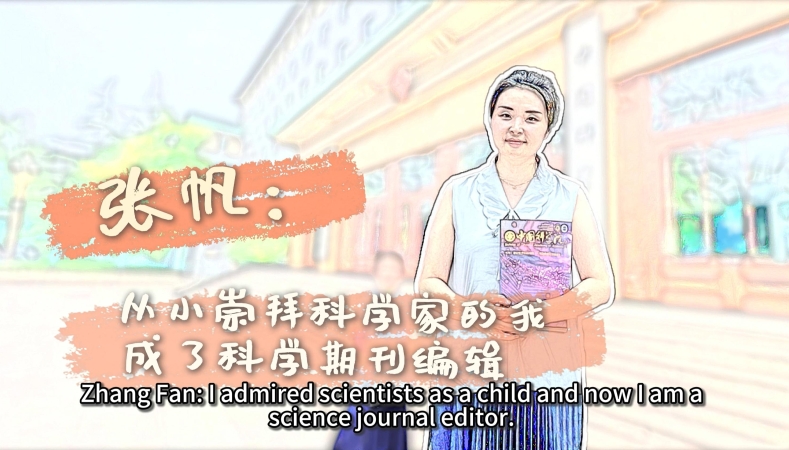China's Sci-tech: A Positive Light amid Global Growth

China's first self-developed riding tea picking machine has been successfully tested, with efficiency more than three times that of two-person tea picking machine. (PHOTO: VCG)
By Qi Liming
As 2022 draws to a close, a number of global technology rankings have been released, showing China is a very positive light. The country's ongoing efforts in R&D are obvious to all, and looking ahead to 2023, the call for international cooperation in science and technology is being heard echoed in every corner of the world.
Clarivate Analytics: Scientists' academic influence continues to rise
Based on the impact made by scientists and institutions through the publication of highly cited papers, Clarivate Analytics' annual list shows that the number of high impact scientists in China has increased for a fifth consecutive year, while the U.S. has experienced a persistent decline.
The list, released on November 15, identifies scientists who have had significant influence through the publication of highly cited papers during the last decade. This year, about 7,000 designations were awarded to scientists in 21 areas. Chinese researchers occupy more than 40 percent of the spots on Clarivate Analytics' rankings in the fields of mathematics, chemistry and material science.
South China Morning Post commented that China has shown a promising trend in recent years. The percentage of China's share of the "highly cited researchers" population has risen from 7.9 in 2018 to 16.2 in 2022, more than doubling over five years.
Becoming the world's leading research power
According to many popular measures of research volume, China is now ahead of the U. S. on annual peer-reviewed publication output. Suggestions of a lead on research quality are also beginning to emerge. A 2022 report from Japan's National Institute of Science and Technology Policy puts China's share of the top one percent most-cited papers, based on a fractional count of author affiliations, at 27.2 percent for articles published between 2018 and 2020, compared with 24.9 percent for the U. S.
In the latest annual tables for the Nature Index, the leading institution in the tables, which tracks research output in 82 high-quality natural-science journals, the Chinese Academy of Sciences continues to rise in Share.
Nature published an article revealing that China-U.S. co-publications, which had been on the rise since 2017, fell slightly in 2021, according to a report by Elsevier and the Association of Pacific Rim Universities (APRU). Although the decline was small, the trend was significant enough for the APRU, a group of 60 universities on both sides of the Pacific, to issue a statement about the importance of maintaining ties.
Do not kill the goose that lays the golden egg
At a U.S. workshop held on November 14 and 15, the National Academies of Sciences, Engineering and Medicine (NASEM) highlighted what is emerging as a top policy worry of the huge American scientific organization: that a continuing government effort to prevent U.S. science and technology from sharing with other countries, especially China, will damage the science system itself.
For years, big advances in science and technology have propelled economic growth world-wide. Now, as geopolitical tensions mount, leaders of the U.S. scientific community are concerned that rising government security measures may kill the goose that lays the golden egg.
A tightening of U.S. security procedures for science, begun in the Trump administration, but still continues today, which risks disrupting the open nature of science, said Tobin Smith, senior vice president of the Association of American Universities. Speaking at a Washington science policy workshop, he said, "I caution against going too far [on security]. Our very job at universities is to disseminate knowledge."
Likewise, Ernest Moniz, a former MIT administrator and U.S. energy secretary, warned, "We are overreacting" on security. In the case of China relations, he said the U.S. has already, "Taken a number of missteps, or at least questionable steps." Moniz urged the U.S. and China to take, "Opportunities to build greater collaboration across a number of fronts," such as joint research on carbon sequestration and disposal of nuclear reactor waste in underground boreholes.


